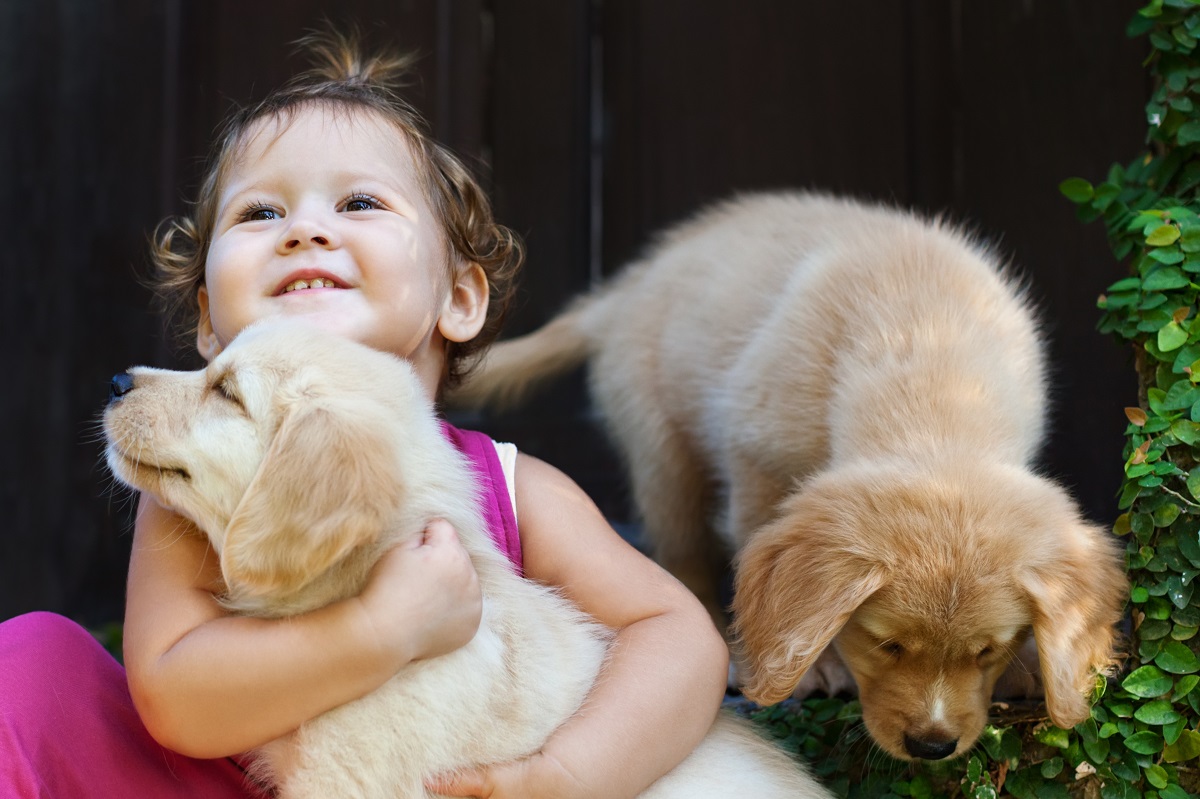A dog is anyone’s best friend. Dogs can be one of the best support systems that you can ever have. Surely, your home will be a sweeter and more enjoyable place because dogs are naturally inclined to give you warmth and playful times.
Benefits of Having a Dog at Home

You’d be surprised at how long the list of benefits of having a dog at home is. If we take the time and effort to discuss every single one of them, it’s going to take more than just one article. However, we don’t want to miss the opportunity of talking to you about that, which is why we’ve listed down a fraction of these benefits and made a short list.
A Happier Home
The feeling of isolation is often the root of loneliness. If you have a dog at home, you wouldn’t feel isolated because your dog is there to provide you with warmth. This is especially true for older people because as you age, one drawback is friends and family’s tendency to slowly drift away, which sometimes leads to depression. However, constant interaction with a dog raises a person’s oxytocin levels and keeps them more positive.
A Healthier Body
Having a dog at home helps your body become healthier in all sorts of ways. First of all, we need the constant introduction of certain germs in our bodies for us to develop antibodies that make our immune system stronger. Dogs can provide doses of that. Not too much that you get sick, but also not too little that your body doesn’t grow stronger. In addition to that, dogs love going out for a walk, and running with your dog or playing games with them outside is already an exercise in itself for you!
A More Empathetic Family
Dogs become part of the family, and when your children are introduced to these warm and loving animals, they get to learn the value of caring at an early stage. While at first, you may think that this means that they are empathetic towards animals, pretty soon you’ll see that your children will apply this valuable lesson to other people and begin to consider other people’s emotions and well-being too.
A Stress-Free Life
Feeling stressed often leads to a series of physical and physiological manifestations that otherwise make simple tasks rather unbearable. Believe it or not, petting or playing with a dog helps regulate this feeling. When you interact with a dog positively, your body also tends to elicit positive responses like lowering blood pressure and the significant reduction of muscle tension. This makes you feel more relaxed, and you get to take on the day’s challenges with a positive disposition.
Dog Needs

The call for the necessity of a warm home is not just for you but for your dog as well. As much as every home deserves a dog, every dog deserves a home too. This means that while your dog is there to provide you with all the benefits we’ve mentioned above, you also need to provide your dog with whatever it needs.
Training
Not all pet owners enjoy the benefits we’ve listed above, but that’s just because they have stubborn and spoiled dogs. You need to ensure that your puppy knows how to behave properly while inside your home. That’s why looking for private dog training services should be part of your priority list.
Grooming
This is not just about your dog looking good. Grooming is also, and more importantly, a time for cleaning and disinfecting. Many dogs do not need regular baths, which sometimes lead to problems like ticks or fleas. Grooming your dog helps get rid of these problems. Sometimes, you can take your dog for a bath on your own, but if you want to give your dog more in-depth physical care, you can take them to the vet or your local pet service shop.
Housing
Just like us humans, your dog will also need a bed to sleep on, a place your dog considers a safe space for resting and relaxation. It doesn’t matter if it’s a personal dog bed or a crate. What’s important is that you keep it clean by regular washing or scrubbing to guarantee that pests and parasites do not lurk on it while your dog sleeps.
Feeding
A dog’s proper diet depends on its age, size, and breed, but more importantly, the first two. For dogs that are less than three months old, a diet that consists of four meals in twenty-four hours would suffice. Lessen this to about three meals when your dog reaches the third month. Slowly reduce this feeding to two once your dog reaches the sixth month, and finally, a single meal per day after your dog’s first year.







